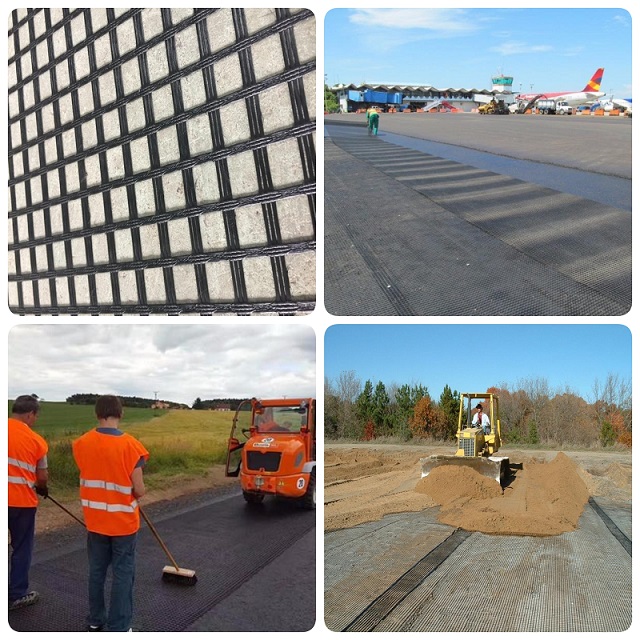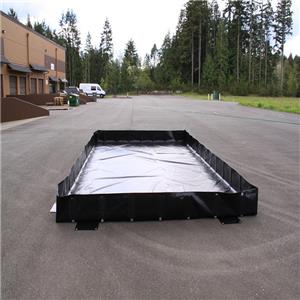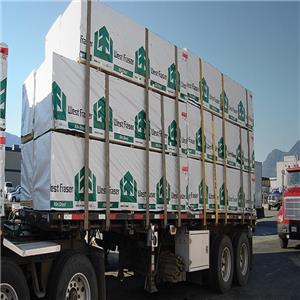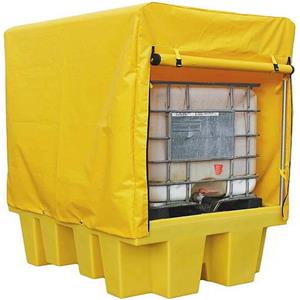What is Geogrid?
A geogrid is geosynthetic material used to reinforce soils and similar materials. Geogrids are commonly used to reinforce retaining walls, as well as subbases or subsoils below roads or structures. Soils pull apart under tension. Compared to soil, geogrids are strong in tension. This fact allows them to transfer forces to a larger area of soil than would otherwise be the case.
Geogrids are commonly made of polymer materials, such as polyester, polyvinyl alcohol, polyethylene or polypropylene. They may be woven or knitted from yarns, heat-welded from strips of material, or produced by punching a regular pattern of holes in sheets of material, then stretched into a grid.
The development of methods of preparing relatively rigid polymeric materials by tensile drawing, in a sense "cold working," raised the possibility that such materials could be used in the reinforcement of soils for walls, steep slopes, roadway bases and foundation soils. The principal function of geogrids is for reinforcement. This area, as with many other geosynthetics, is very active, with a number of different products, materials, configurations, etc., making up today's geogrid market. The key feature of all geogrids is that the openings between the adjacent sets of longitudinal and transverse ribs, called “apertures,” are large enough to allow for soil strike-through from one side of the geogrid to the other. The ribs of some geogrids are often quite stiff compared to the fibers of geotextiles. As discussed later, not only is rib strength important, but junction strength is also important. The reason for this is that in anchorage situations the soil strike-through within the apertures bears against the transverse ribs, which transmits the load to the longitudinal ribs via the junctions. The junctions are, of course, where the longitudinal and transverse ribs meet and are connected. They are sometimes called “nodes





